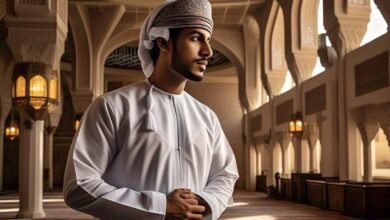Elegance at Every Step: Pazzion’s Wedding Sandals for the Modern Bride

As a bride walks down the aisle, every step is a statement of grace, style, and the beginning of a beautiful journey. Pazzion, a brand synonymous with contemporary elegance, introduces a stunning collection of wedding sandals for Bride crafted to complement the modern bride’s sophistication. With a perfect blend of style and comfort, Pazzion wedding sandals redefine bridal footwear, offering brides a touch of luxury for their special day.
- Modern Elegance in Every Detail: Pazzion’s wedding sandals are a testament to modern elegance. The collection features designs that seamlessly blend contemporary aesthetics with timeless appeal, ensuring that brides feel fashion-forward and sophisticated on their wedding day.
- Comfort as a Priority: Understanding the importance of comfort on such a momentous occasion, Pazzion places a strong emphasis on ensuring that each pair of wedding sandals provides the bride with the utmost comfort. From heel heights to materials, every element is chosen with the bride’s well-being in mind.
- Versatility in Style: Pazzion recognizes that brides have diverse tastes, and the wedding sandal collection reflects this versatility. Whether the bride envisions a minimalist, modern look or a more intricate and embellished style, Pazzion offers a variety of designs to suit different preferences.
- Embellishments for Every Bride: Brides seeking a touch of glamour will be delighted by Pazzion’s embellished wedding sandals. From delicate crystals to intricate beadwork, these sandals add a sparkling touch to the bride’s ensemble, ensuring she radiates elegance with every step.
- Strappy Silhouettes: Strappy sandals are a timeless choice for brides, and Pazzion’s collection includes a range of strappy silhouettes. These sandals not only provide a secure fit but also add a touch of delicacy to the bride’s overall look, allowing her to showcase her style with confidence.
- Metallic Finishes: Metallic finishes are a chic and modern choice for contemporary brides. Pazzion’s wedding sandals often feature metallic tones such as gold or silver, providing a sleek and stylish complement to the bride’s bridal attire.
- Block Heels for Stability: For brides who prioritize stability without compromising on style, Pazzion offers wedding sandals with block heels. These heels provide a comfortable and steady foundation, allowing the bride to enjoy the festivities with confidence and ease.
- Personalized Touch: Pazzion recognizes that each bride is unique, and personalization is key. The brand often provides options for customization, allowing brides to add a personal touch to their wedding sandals, making them a cherished part of their wedding attire.
- Quality Craftsmanship: Pazzion’s commitment to quality is evident in the craftsmanship of its wedding sandals. Each pair is meticulously crafted with attention to detail, ensuring that the bride receives footwear that not only looks exquisite but also stands the test of time.
- Post-Wedding Versatility: Pazzion’s wedding sandals are designed to be versatile beyond the wedding day. Brides can continue to enjoy and wear these sandals for various occasions, making them a cherished memento from their special day.
Conclusion:
Pazzion’s wedding sandals elevate bridal footwear to new heights, combining contemporary elegance with comfort. As brides take those memorable steps into a new chapter of life, Pazzion ensures that each stride is a reflection of sophistication and style. With a commitment to quality, versatility, and personalized touches, Pazzion’s wedding sandals become more than just accessories—they become a symbol of the bride’s journey into a beautiful future. For the modern bride seeking footwear that is as exquisite as her wedding day, Pazzion’s collection offers the perfect blend of elegance and comfort.





